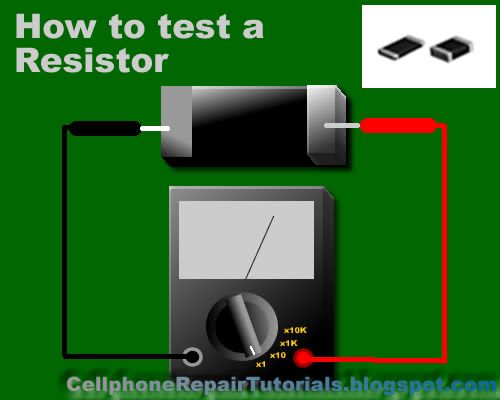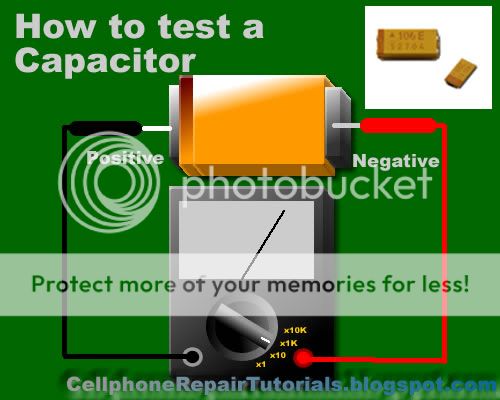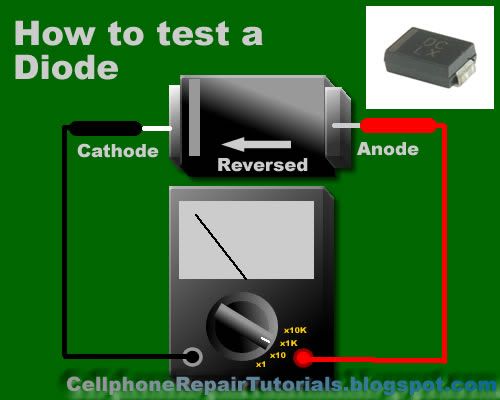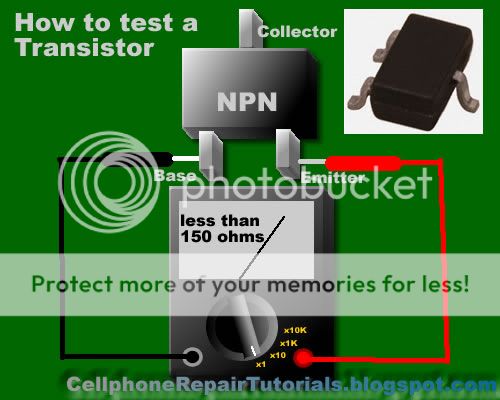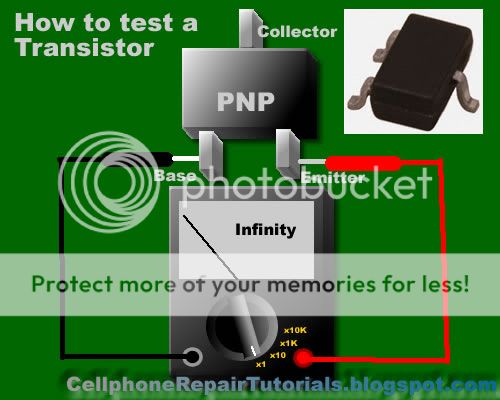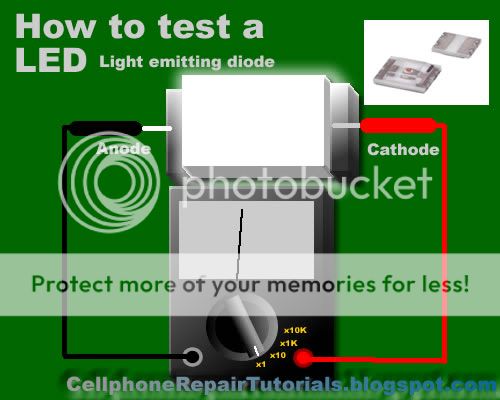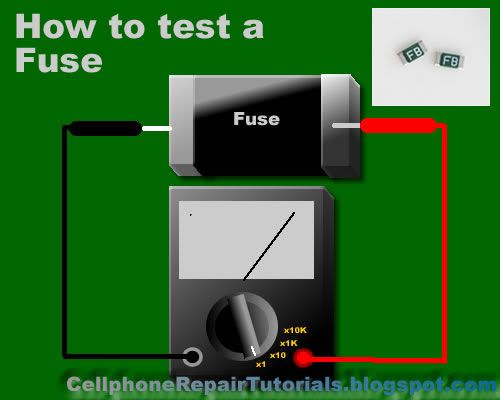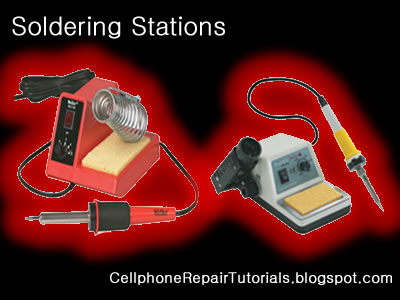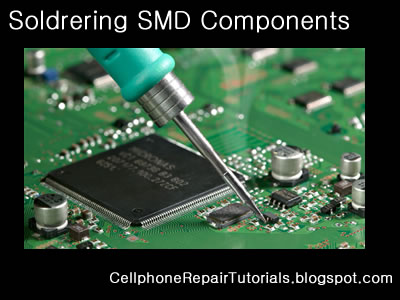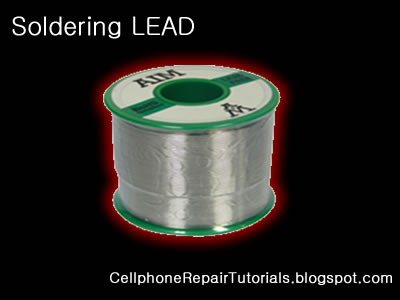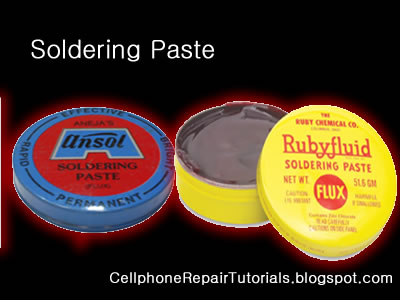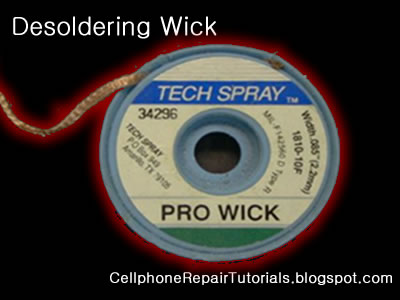Here's the instructions on how to hard reset the Samsung Galaxy TAB GT-P1000. Please do have a back-up copy all of the important documents stored on the device, it will be all deleted including any 3rd-party applications installed on it.
Samsung Galaxy TAB GT-P1000 Hard Reset
To reset the phone:
1. Select Settings
2. Select Privacy
3. Select Factory Data Reset
4. Then select Reset Tablet
If the Samsung Galaxy TAB GT-P1000 is frozen or unresponsive, you can do hard reset through button key combination.
To hard reset:
1. Turn the Samsung Galaxy TAB GT-P1000 Power OFF
2. Press and Hold the Volume Down and Briefly press the Power button.
3.Release the Power button button when the Samasung logo appears.
4. An additional menu will appear, just follow the whole instruction to hard reset the device.
The device will then reboot, after this process been done and back to its original factory default settings.





